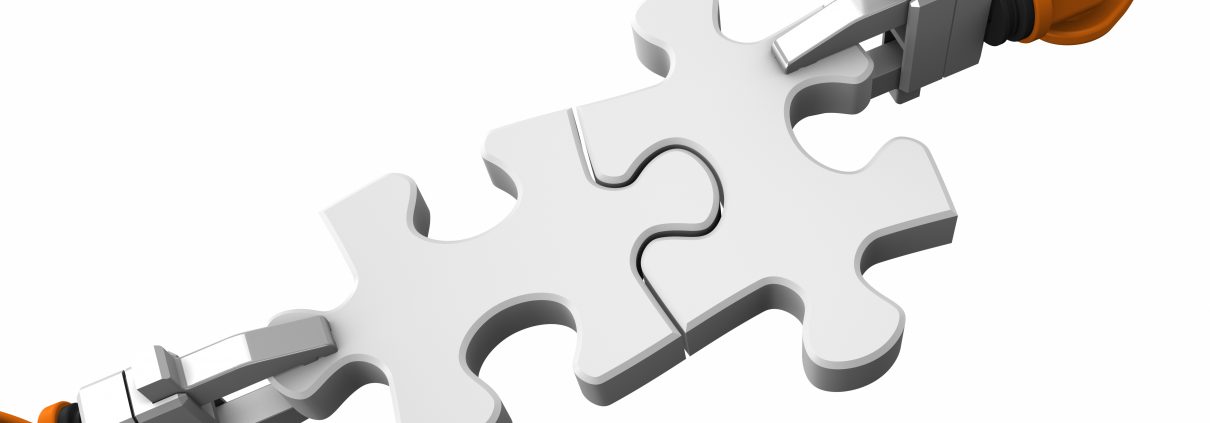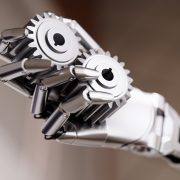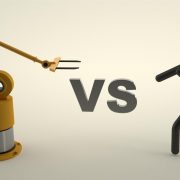A useful guide to understanding the differences between robotics and automation
The terms “automation” and “robotics” are thrown around a lot these days by firms who want to better automate their production processes. However, there is a significant set of differences between the two and it is not right to continually use the two phrases interchangeably. Here is a quick rundown of the differences between automation and robotics.
First off, let’s define the terms
– Robotics. Robotics is actually a discipline of engineering. It refers to the process of designing, building and programming robotic machines to perform given tasks.
– Automation. Automation is not limited to physical products, but instead defines the process of automating a physical or virtual task that was otherwise performed by a human worker.
A deeper look at each one:
- Automation
Whenever automation is discussed, it is normally referring to software automation. So, taking away the need for a human to manually process some sort of digital task. This comes down to:
– Business Process Automation – Streamlining daily business processes.
– Robotic Process Automation – Not referring to physical robots, but instead, robotic software that can process tasks.
– Intelligent Process Automation – An extension of the above, whereby robotic software becomes more intelligent over time at performing given tasks.
As well as software automation, there is, of course, industrial automation. This is where machines are set up to perform given physical automated tasks.
- Robotics
Robotics is much more specific than automation which encompasses a number of different processes. Instead, robotics is specifically referring to the use of robotic machinery to carry out tasks and to interact with the environment around them. They do so through a number of sensors which allows them to register their surroundings and make adjustments and decisions autonomously.
The crossover between automation and robotics
This is the point where there is a natural crossover between robotics and automation. Robots are often used to automate physical tasks, such as on a car manufacturing line. However, there are a number of circumstances where robotics is not automation. For example, if a robot were following a course from A to B via its sensory controls, then this is not replacing a human task and is not automation. However, if the robot was then using those independent abilities to transport goods for a given purpose, then they are being automated to replace a human carrying those goods.
If you are a business owner looking to automate some tasks, then you will come across a mix of robotics and automation solutions. If the processes you need automated are digital in nature, then automation software solutions are what you require. However, if you own a manufacturing premises, then an advanced automated robotics solution will be helpful in carrying out those tasks and removing the need for human labour.







